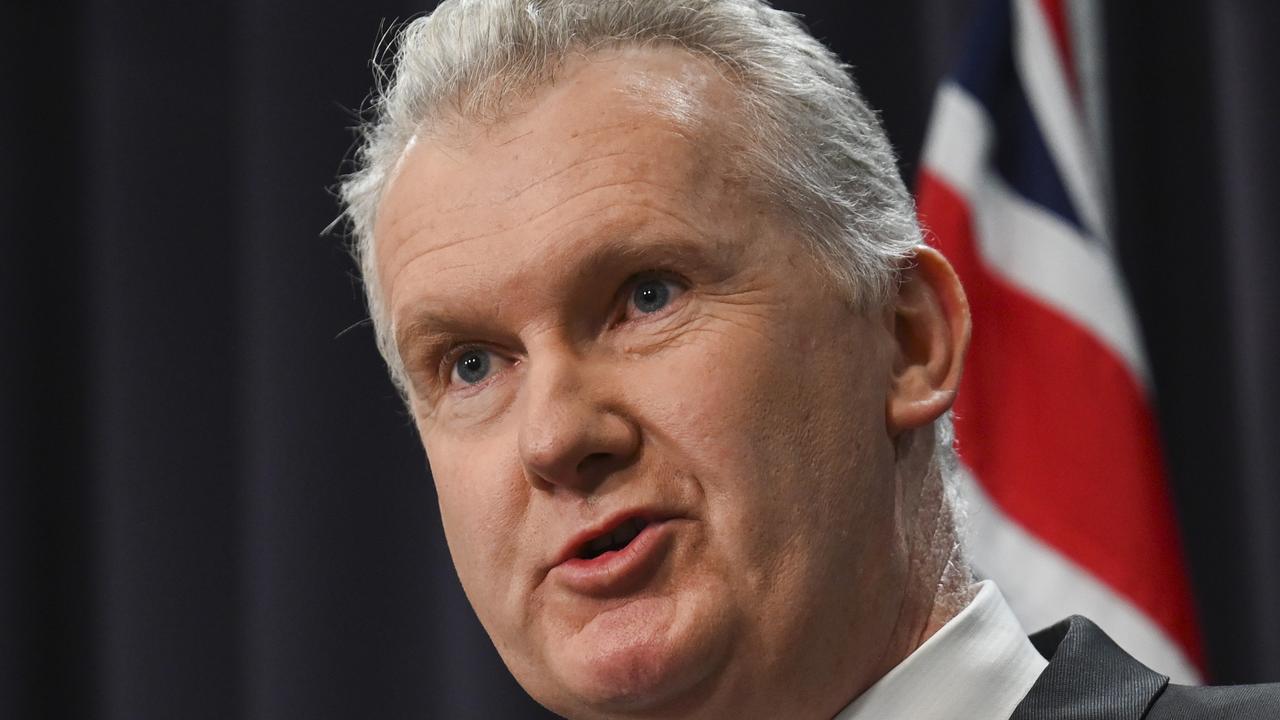Commercial development on River Torrens will be allowed under new zoning for Riverbank Precinct
Adelaide’s Lord Mayor says plans to allow private bars and cafes along Pinky Flat must be resisted at all costs. But a poll shows overwhelming support for commercial development.
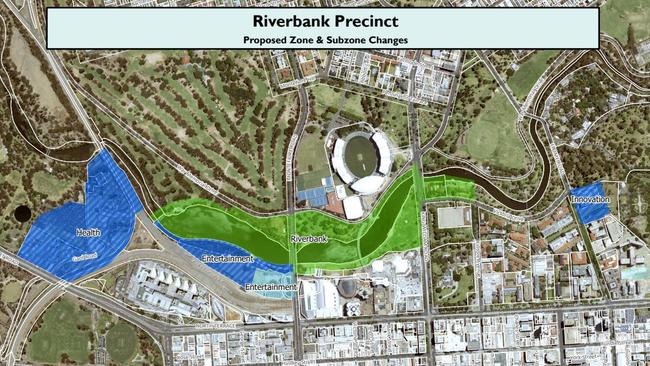
SA News
Don't miss out on the headlines from SA News. Followed categories will be added to My News.
Plans to allow commercialisation of Pinky Flat must be resisted at all costs, Lord Mayor Sandy Verschoor says.
Ms Verschoor, who chairs the Adelaide Park Lands Authority, was responding to a briefing to Adelaide City Council which exposed the state government wanted to rezone the Riverbank Precinct to enable private bars, cafes, shops and tourist ventures to operate on both sides of the River Torrens between the Torrens Weir and Kintore Ave, as revealed by advertiser.com.au on Wednesday.
By Thursday morning, an Advertiser.com.au poll (see below) asking if private bars or cafes should be able to operate on parts of the parklands in the Riverbank Precinct, had more than 70 per cent in favour, out of more than 1000 votes.
“Pinky Flat provides such an iconic view of the Adelaide parklands from the riverbank looking across the River Torrens and it needs to remain untouched,” she said.
“These vistas and open space parklands need to be protected at all costs.”
Ms Verschoor was commenting following a departmental briefing to elected members which outlined the impact of proposed changes to the new Planning and Design Code released for public consultation by Planning Minister Vickie Chapman.
PlanSA staff detailed how an “active waterfront precinct” between the Torrens Weir and Kintore Ave would provide “opportunities for small, low-scale shops, cafes, community, cultural and tourism activities located adjacent to the River Torrens”.
Draft guidelines have been drawn up by PlanSA which would limit the size of any new buildings to 200sq m.
Elected members have been told any applications would have to be approval by council’s independent planning assessment panel, with control over leases remaining with the council.
This was similar to the existing situation with the Jolley’s Boathouse restaurant and nearby Lounders Boatshed Cafe.
Under the planned changes, Elder Park would be exempt from any permanent commercial operations.
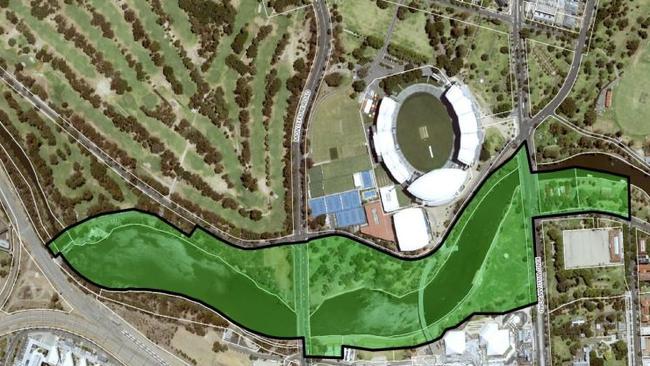
The rezoning was being overseen by PlanSA in consultation with Renewal SA, which first examined potential new uses for the Riverbank Precinct in 2011.
Projects completed within the precinct since then had included the new Royal Adelaide Hospital, SAHMRI building, SkyCity Casino expansion and new medical schools for the University of Adelaide and UniSA.
Other developments underway included Lot Fourteen on the former RAH site near the Botanic Garden, redevelopment of the Adelaide Festival Plaza and a second SAHMRI building, the Australian Bragg Centre for Proton Therapy and Research
In material released as part of its community consultation program for the new zoning changes, PlanSA described the precinct as “an integral part of the city’s identity and a major contributor to its overall vibrancy”.
“The State Government is transforming the riverbank into a world-class health, sporting, educational and biomedical precinct that has strong connections to the city centre and is a drawcard for local, interstate and international visitors, with North Terrace as a premiere cultural boulevard,” it said.
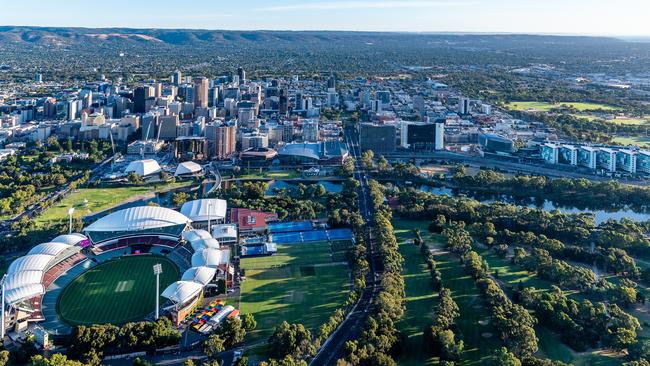
Another new zone would be created next to the Royal Adelaide Hospital to enable the construction of a new Women’s and Children’s Hospital and a multistorey carpark near the Adelaide Gaol and Thebarton Police Barracks.
Both the state heritage-listed prison and barracks would become part of the “health precinct”, with the government able to take possession of them in the future.
The total area to be claimed within the new “health precinct” also included historic olive groves planted in the 1860s which have been used by SA Police since the 1970s to agist horses used for patrols and ceremonial purposes.
In its material, PlanSA said there was “potential to investigate the adaptive re-use” of the prison and barracks “for complementary biomedical and ancillary health services”.
“While this change impacts parklands, it will facilitate an important public facility in a manner which provides unique advantages from co-location with the RAH,” it said.
This included “access to clinical services, training, education, research facilities and (a) helipad to provide direct medical retrieval” for adults, teenagers and children.
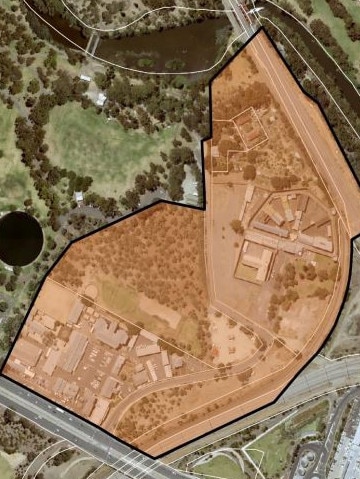
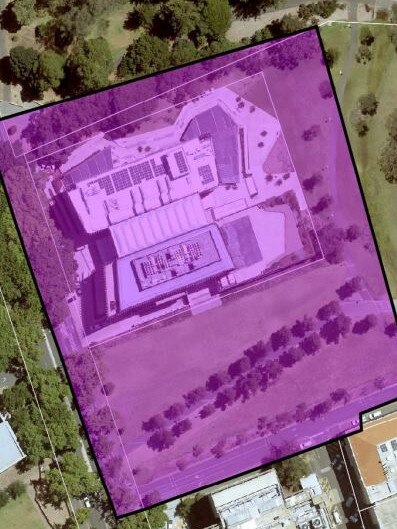
Other parklands targeted under the zoning changes included open space around the recently opened Botanic High School near Lot Fourteen on Frome St and the southern edge of the Torrens River from the Torrens Weir to the Morphett St bridge.
Most of this area would be used for the new $680m entertainment and sporting arena announced by Premier Steven Marshall at the last state budget.
“The objectives are to expand entertainment uses west of Morphett Street Bridge to further activate the riverbank .... and to further guide appropriate development south of the Intercontinental Hotel,” said the PlanSA literature.
There would be new policies to “ensure such development provides an active frontage to the river while maintaining a pedestrian and cycling path”.
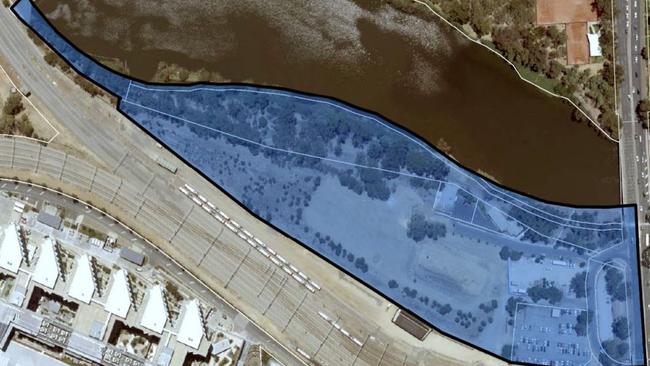
Ms Verschoor said she believed the community understood the need for some of the parklands to be used for a new Women’s and Children’s Hospital close to the Royal Adelaide Hospital.
However, she was concerned other zoning changes would “allow for further development of the Riverbank itself as well as the expansion of the health precinct” further west along Port Rd.
Ms Verschoor, who is the presiding member of the Adelaide Park Lands Authority, also had serious reservations about both sides of the Torrens being opened for commercial use.
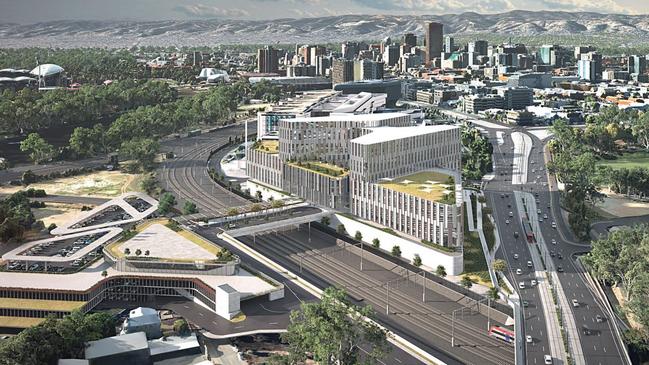
Ms Verschoor said it was vital the Kaurna were consulted about any future use of Pinky Flat.
I understand from our culture mapping that this is a significant site and I would be keen to be briefed on their (the government’s) cultural management plan,” she said.
Ms Verschoor said the expansion of the health precinct west of the RAH also needed to be scrutinised.
“In terms of the code amendment of the health precinct, which incorporates the old gaol and police barracks, my fear is that it will allow for development moving further and further west and cannibalise more of the parklands,” she said.
Ms Verschoor appealed for the community to have their input before community consultation closed on October 25.
“There is only a small window of consultation, so public feedback is vitally important and has the power to shape the future of our parklands,” she said.
“I encourage the community to have their say.”
A state government spokeswoman confirmed the aim of the new proposed “active waterfront” subzone along the River Torrens was “to allow for small-scale ventures that would enhance Adelaide’s parklands and attract people to the iconic precinct”.
“The proposed subzone, which includes Pinky Flat, is council land and, therefore, any future development would be subject to council approvals,” she said.
“This includes commercial leasing arrangements, which must be granted before any development could be undertaken.”
The spokeswoman said the code amendment process was being led by the Attorney-General’s Department.
“It has been released for public consultation and feedback on the policy framework is welcome,” she said.
Public submissions can be made at yoursay.sa.gov.au.
Read related topics:Major projects


